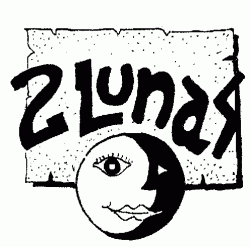Guatemala City Introduction
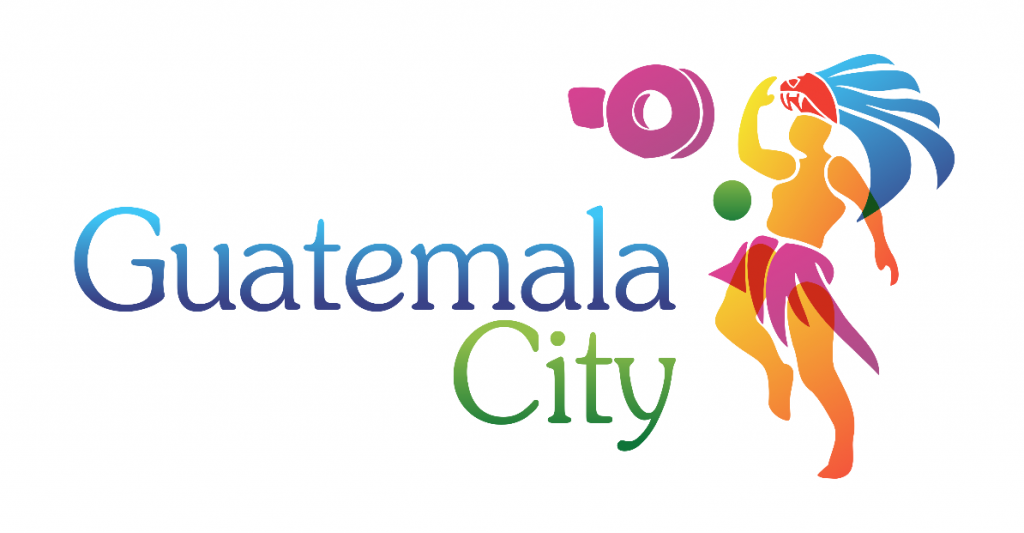
Written by Lorena Bleker
Revised by Dr. Mike Reed and Jennifer Hernández
Dear Guest:
Welcome to Guatemala and its capital, Guatemala City; officially named “La Nueva Guatemala de la Asunción” but affectionately known as “Guate” to Guatemalans. We would like to share with you some background about our city and offer suggestions of places to enjoy during your stay in the capital.
Guatemala City is the largest and most culturally diverse city in Central America. It sits atop a broad plateau in the Guatemalan Highlands at the favorable altitude of 1,500 meters (5,000 feet) at the crossroads of the ancient trade routes between the cool highlands and the warm lowlands to the north and south. Dense occupation of the plateau extends back to the period between 400 and 600 BC when the Maya city of Kaminaljuyú became the most important trading and ceremonial center of the Central American Highlands.
Following the Spanish conquest of Guatemala by Pedro de Alvarado, the capital of the colonial Kingdom of Guatemala, was relocated two times prior to settling on its present location. The first site for the capital, Iximché, founded in 1524 was chosen for its defensive location but proved inconvenient in other ways, like conflicts with the natives, and was not declared capital of the Kingdom by the Spanish crown, like the last three capitals.
In 1527, a site for the capital was chosen in the broad Almolonga Valley at the base of the Volcán de Agua where the town of Ciudad Vieja sits today but in 1541, an earthquake released a torrent of water down the volcano’s slopes, wiping out the capital, which was then, relocated to the center of the nearby Panchoy Valley in 1543. The beautiful city of “Santiago de los Caballeros de Guatemala”, today called Antigua, remained the colonial capital of Central America until it was leveled by a series of powerful earthquakes in 1773 prompting the Spanish to once again relocate the capital in 1778 to where it remains today. Independence from Spain was achieved in 1821.
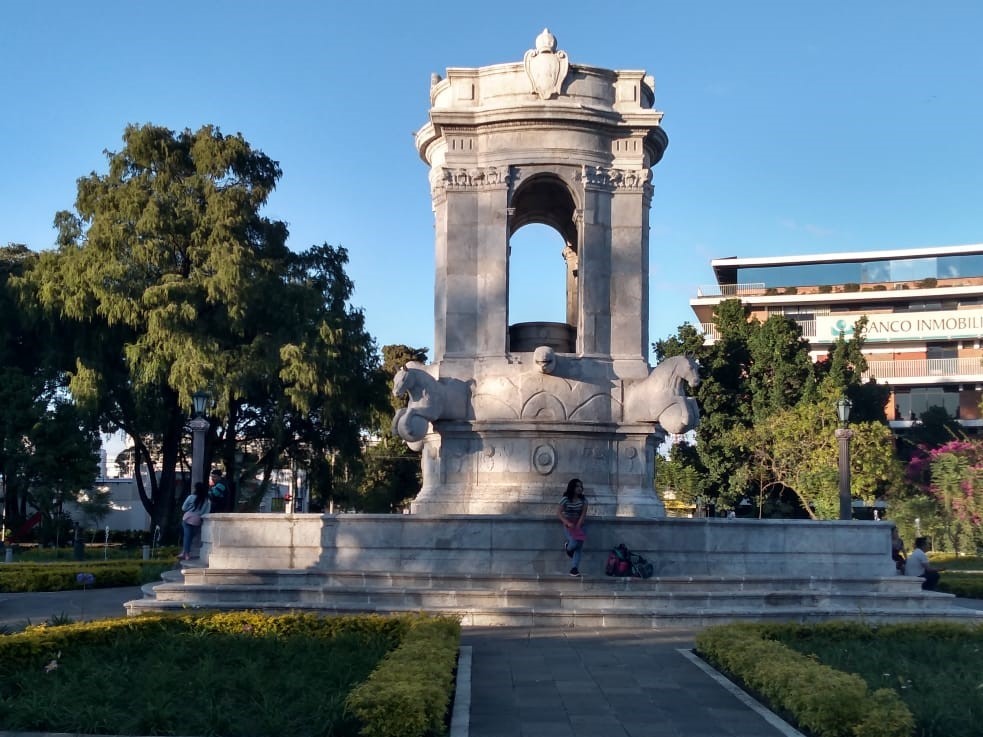
Photo by Alejandro Esquité
The transformation of Guatemala into a modern state is a process that is still taking place. Spanish colonial rule was replaced by institutions favoring the powerful landowning class. Guatemala City underwent a renaissance during this period in the late 19th and early 20th centuries and was known as the “silver cup” for its tidiness and elegance. Immigrants from Europe and North America brought new ideas, practices and styles into the Guatemalan economy and urban society.
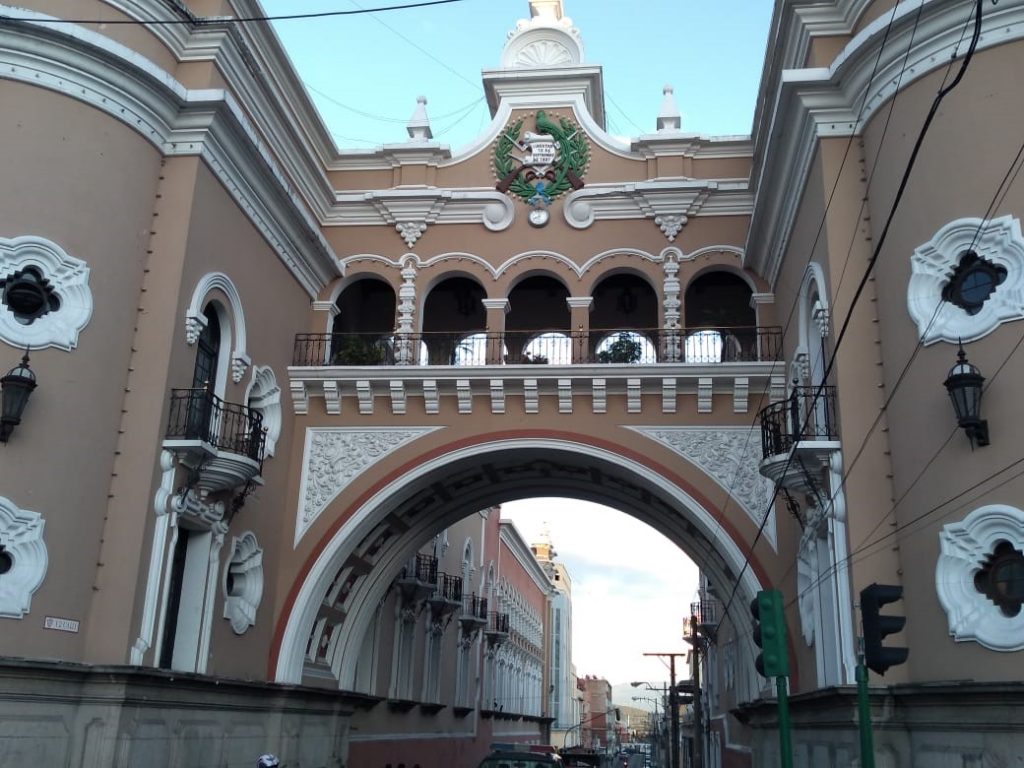
The people of Guatemala City benefited from its position as a center of industry, investment, commerce, education and intellectual exchange.
In the 1960s and ‘70s Guatemala’s fortunes suffered serious setbacks from internal conflicts that deteriorated into a civil war that lasted 36 years and left more than 200,000 deads; and a major earthquake in 1976 that devastated a large area and caused 25,000 deaths. Guatemala City suffered serious damage to many older and poorly built buildings. Many lessons were learned from those terrible events, like switching from tile to aluminum roofs for earthquake safety and a commitment to maintaining democratic governments and respect for human rights following the Peace Accords of 1996 that ended the civil war.
Although positive changes resulted from the time of conflict, we still face problems and challenges like those faced by people in many countries around the world. The Guatemala City of the 21st century is a modern capital, with the most active economy in Central America.
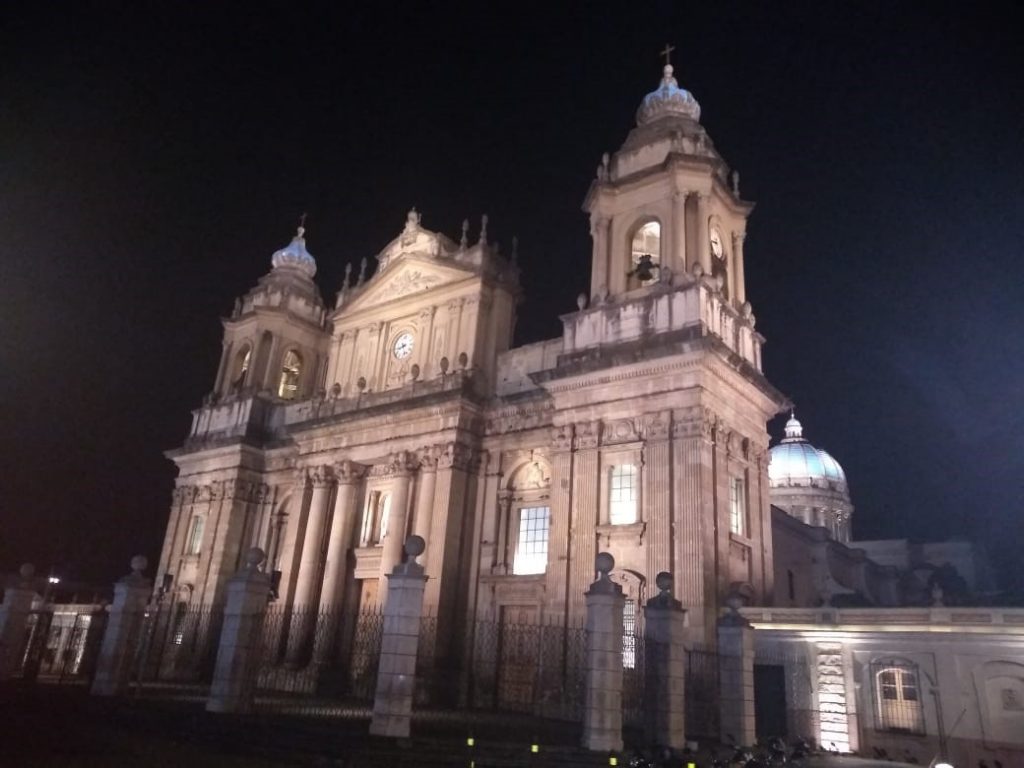
Foreign travelers to any country should make sure they are aware of unsafe situations and places to avoid. Robberies of tourists do sometimes occur in our capital, but we want you to know that Guatemala gives priority to the security and well-being of our foreign visitors along the country’s touristic routes and destinations.
You will hear negative stories of robbery passed along traveler’s networks evolve in many ways that can undermine visitors’ sense of safety rather than stimulate discussions on ways to travel safely. Statistics show that foreign visitors are less likely to be sought out for robberies and other crimes. Common-sense measures for safety should always be followed anywhere in the world, as incidents may happen.
Visitors to Guatemala overwhelmingly speak of the warmth and character of the Guatemalan people – across all cultures and levels of our society. They find Guatemalans to be among the most hospitable, friendly, kind and helpful people they have encountered in their travels. This is true in Guatemala City as well as throughout the country. It is a major reason why so many visitors show so much enthusiasm while sharing stories of their experiences traveling in Guatemala and why so many of them make return trips.
The capital is a multicultural and multi ethnic city, so the culture is not just in our pre-Hispanic and colonial heritage. The melting pot of races, traditions, walks of life and political view, spice up the daily life of this city.
In this Guide to Guatemala City, we will include a suggested itinerary for unique and interesting place to visit in our capital. You will find a list of museums, restaurants that offer local dishes, archaeological sites within the city, airport information, and important things to know about travelling in Guatemala.
We are proud of our pre-hispanic and colonial heritage, as well as our modern city. We are happy to have you visit our country and we hope you will include Guatemala City in your future travel plans.
Welcome to Guatemala City!
